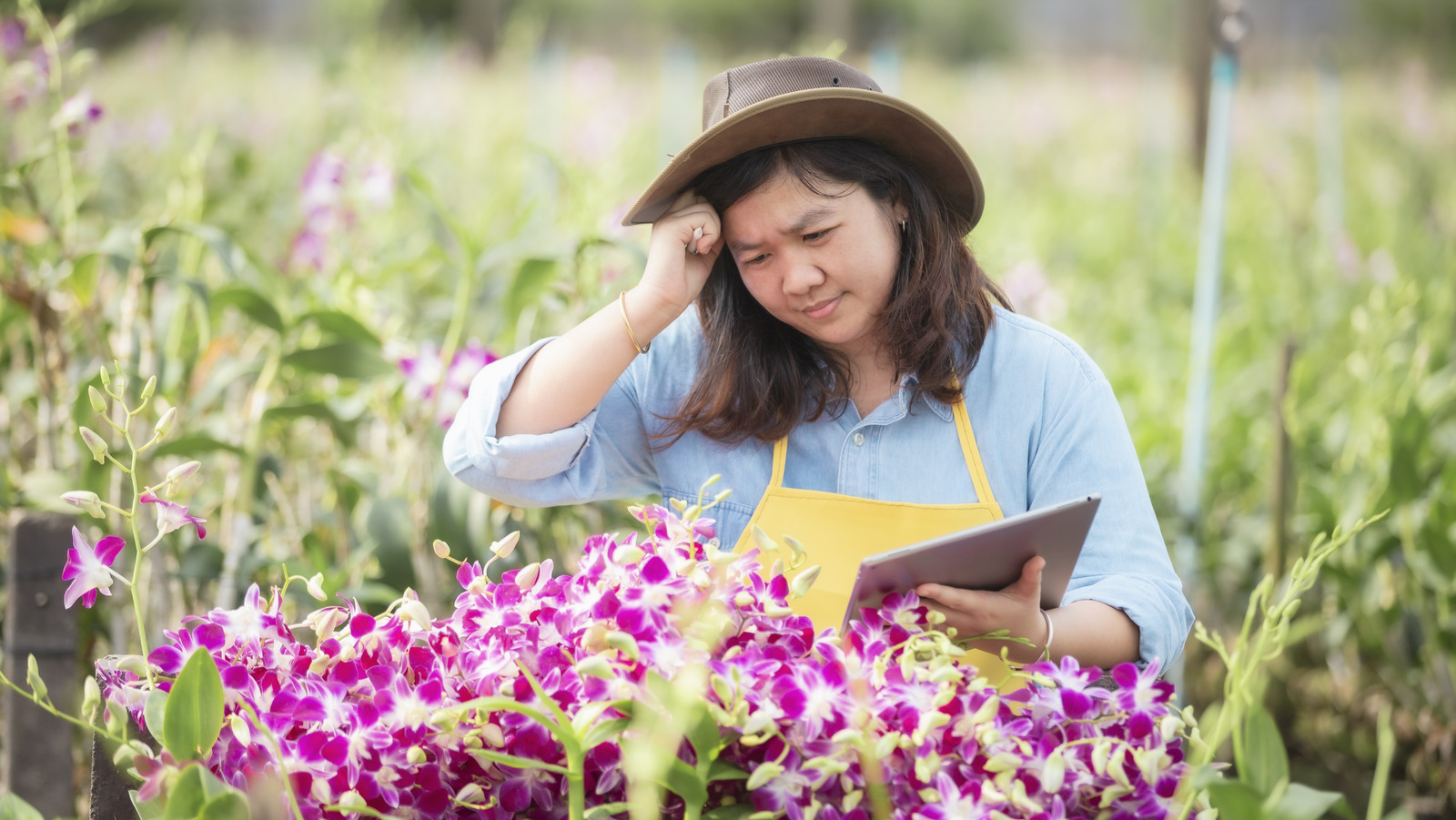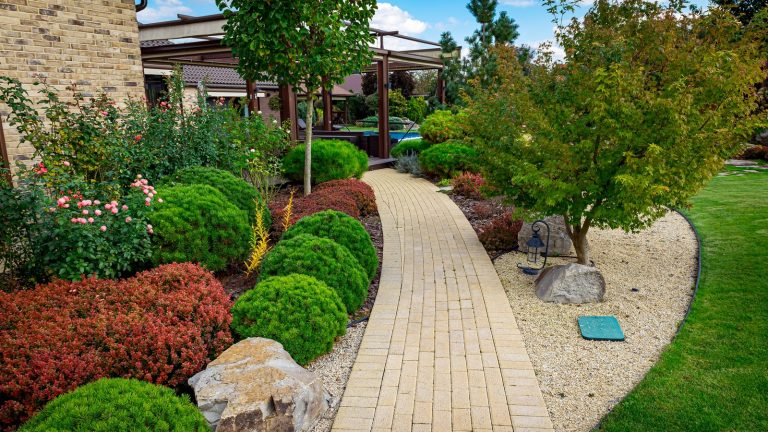
Even experienced gardeners might occasionally find themselves pondering, “Do annuals or perennials return each year?” It’s a common question. Simply put, annuals appear for just one growing season (“anew”), while perennials return for multiple seasons (“persist”). But what truly distinguishes them, and which are the best choices for your garden?
According to the Encyclopedia Britannica, an annual is “any plant that completes its life cycle in a single growing season.” This category includes flowers, vegetables, and weeds. Conversely, a perennial is “any plant that persists for several years,” encompassing not only flowers but also groundcovers, shrubs, and trees. Perennials can survive cold winters thanks to their underground root systems, stems, and bulbs. Although the plant may appear dead above ground, it is actually in a dormant state, enabling it to endure dehydration and freezing temperatures.
The term “perennial” can be misleading in two ways. First, perennials don’t live eternally as their name suggests. Depending on factors like climate, plant type, and gardening techniques, perennials can live from 10 to 60 years, or even longer for trees. Secondly, some plants can be both perennials and annuals. In climates with mild winters (typically above 55 degrees Fahrenheit), certain annuals can survive and bloom again in the spring. These are known as tender perennials and include some begonias and geraniums.
The Most Popular and Longest Blooming Annuals and Perennials
Many gardeners agree that both annuals and perennials deserve a place in the garden. While annuals require more time and money to maintain than perennials, their vibrant and showy blooms make them a worthwhile addition. Popular and visually appealing annuals include marigold, zinnia, cosmos, cornflower, sunflower, lobelia, and nasturtium. These are favored not only for their beauty but also because they thrive in USDA hardiness zones 2 through 11, whether in containers or directly in the ground. Other well-known varieties like pansies, snapdragons, and petunias may not grow as far north. For long-lasting blooms, consider zinnias, which start flowering in early summer and continue until the first frost. Regular deadheading will help extend the blooming period of your annuals.
For sun-loving perennials that thrive in zones 3 through 9 or slightly farther south, consider options like daylily, bee balm, black-eyed susan, peonies, salvia (sage), catmint, delphinium, and penstemon. In shaded areas, try columbine, hosta, violet, bleeding heart, or trillium. For a particularly long-blooming perennial, black-eyed susan (Rudbeckia spp.) can flower for up to 10 weeks, from mid-summer to early fall. Some perennials require pruning or covering before winter, so be sure to follow the care instructions provided with your plants or seeds.






